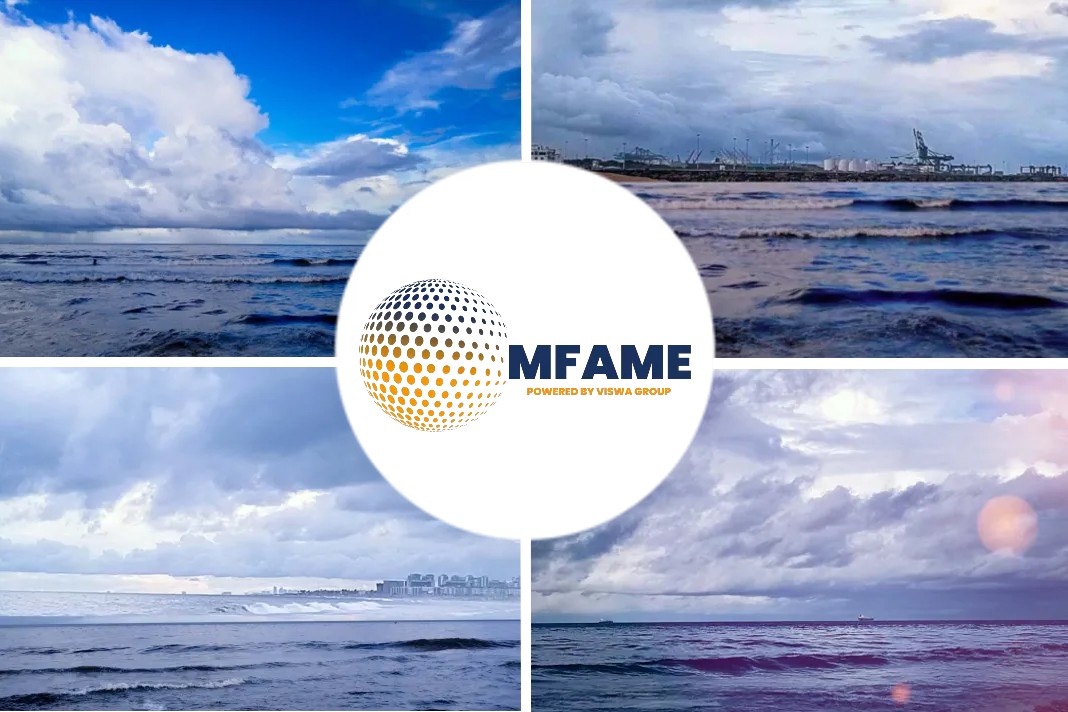- Ballast Water Management Convention’s D2 regulations require that the indicative testing methods utilized to analyze organisms.
- All three size classes of organisms need to be measured and assessed to comply with the regulations, it is included in BWTS commissioning certification processes.
- Shipowner associations support the use of indicative methods for validating the shipboard commissioning of BWTS.
During the 73rd session of the IMO’s Marine Environment Protection Committee held in October stressed on a variety of topics ranging from greenhouse gases to plastic pollution of the oceans.
Disposal of ballast water ignored
However, a matter of utmost importance slipped past almost unnoticed that is regulations covering the disposal of ballast water from ships.
The regulatory guidance criteria now require that the indicative testing methods utilized to analyze organisms defined in the Ballast Water Management Convention’s D2 regulation and listed in Circular BWM.2/Circ.42/Rev1 should be used to demonstrate that any water treatment system’s biological processes are working properly.
Need for change
Need for Change is important as now all three size classes of organisms need to be measured and assessed to comply. This is because Zooplankton, one of the most difficult organisms to treat during the type approval process, can remain viable in sediments where there is little light, while Phytoplankton is more easily treated. The guidance is currently specific only to new build ships, but a proposal is expected to be submitted to MEPC74 requesting the regulation be extended to cover existing ships with ballast water treatment systems validated during an additional survey.
BWTS commissioning certification processes
While the new requirement is not intended to validate the design of a type-approved Ballast Water Monitoring System (BWMS), classification societies are now implementing the new requirement into their BWTS commissioning certification processes, something welcomed by Carine Magdo, Business Development Manager, Ballast Water Monitoring Solutions at LuminUltra.
Ms.Magdo said, “We are delighted that MEPC has heard our calls for the provision of a protocol to verify system efficiency, especially given recent reports that a significant number of installed BWTS are not working as they should. Testing system efficiency as part of the commissioning/certification process means that ships will no longer be able to put to sea with an incompliant system”.
Support from shipowners
The Shipowner associations have long supported the use of indicative methods for validating the shipboard commissioning of ballast water treatment systems. [Our] B-QUA is the only single monitoring and verification test that can measure all organism size groups required by D2 standards with the same method. The MEPC73 decision places our award-winning B-QUA test kit in pole position for meeting the new requirement.
Pat Whalen, CEO of the Canadian based biotechnology specialist which specializes in microbial monitoring agreed with his colleague, saying: “We fully support this decision by the committee. This new guidance means that a ballast water treatment system can no longer be certified for operation unless compliance has been validated as part of the commissioning process, which is good news for ship owners and the environment”.
He concluded, ”Problems can occur during the BWTS commissioning phase, including damage to important components or incorrect installation of the system. This can result in the system not working as it should, resulting in a lack of confidence that it will be compliant with the regulations. Testing during the time of commissioning validates the installation to deliver confidence to ship owners and operators that their type-approved ballast water treatment systems are working properly”.
Did you subscribe for our daily newsletter?
It’s Free! Click here to Subscribe!
Source: Handy Shipping Guide






















